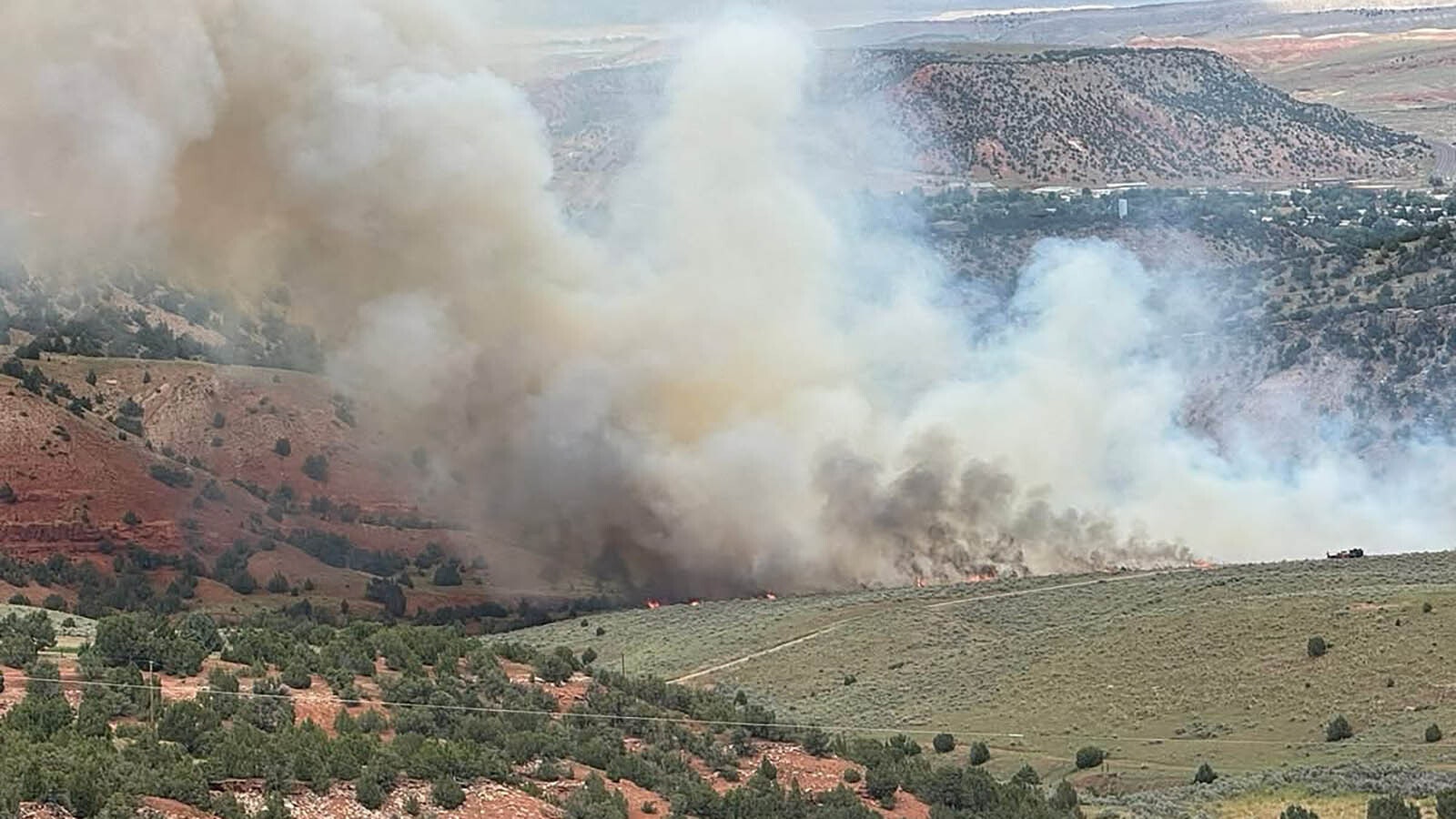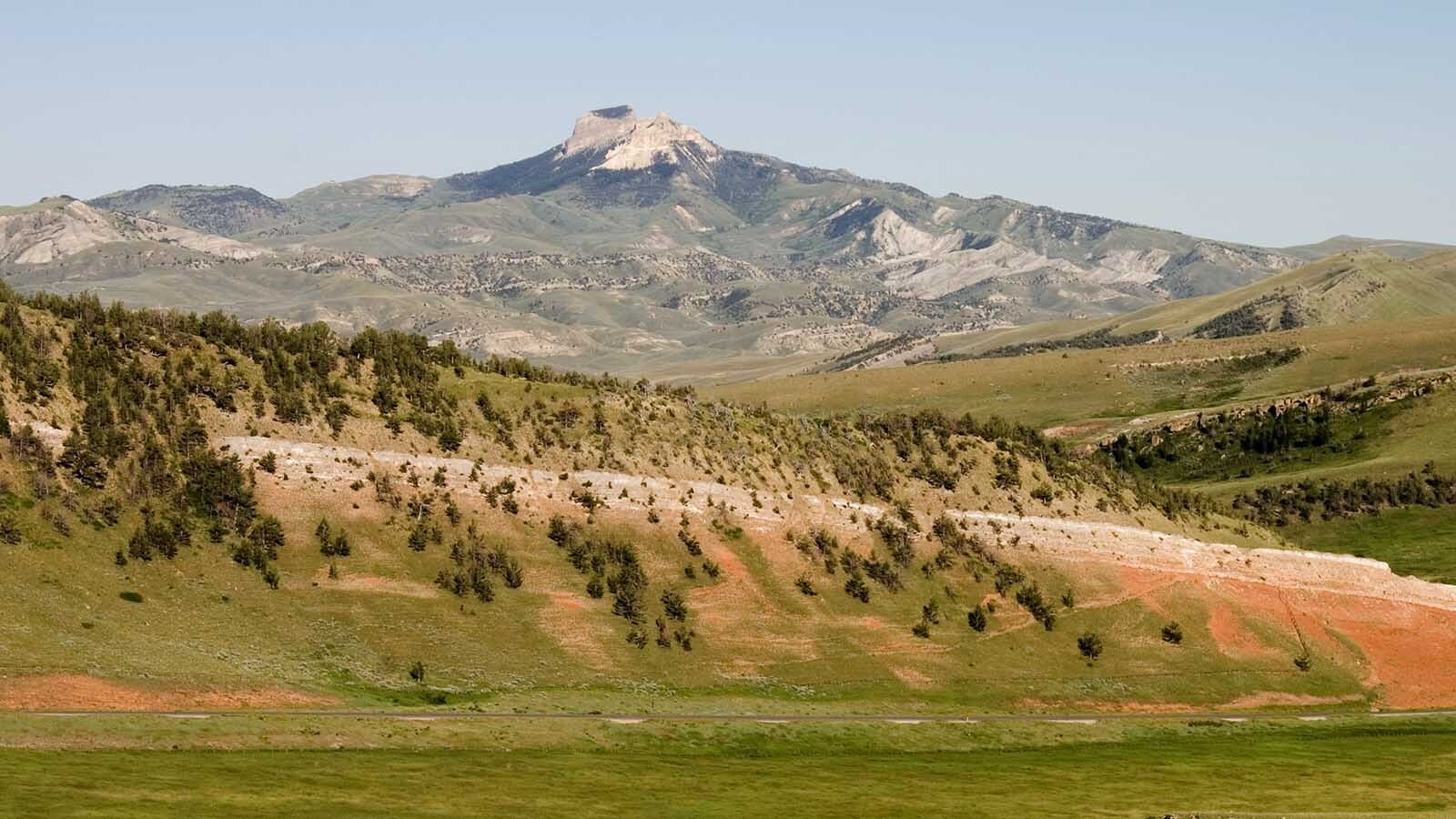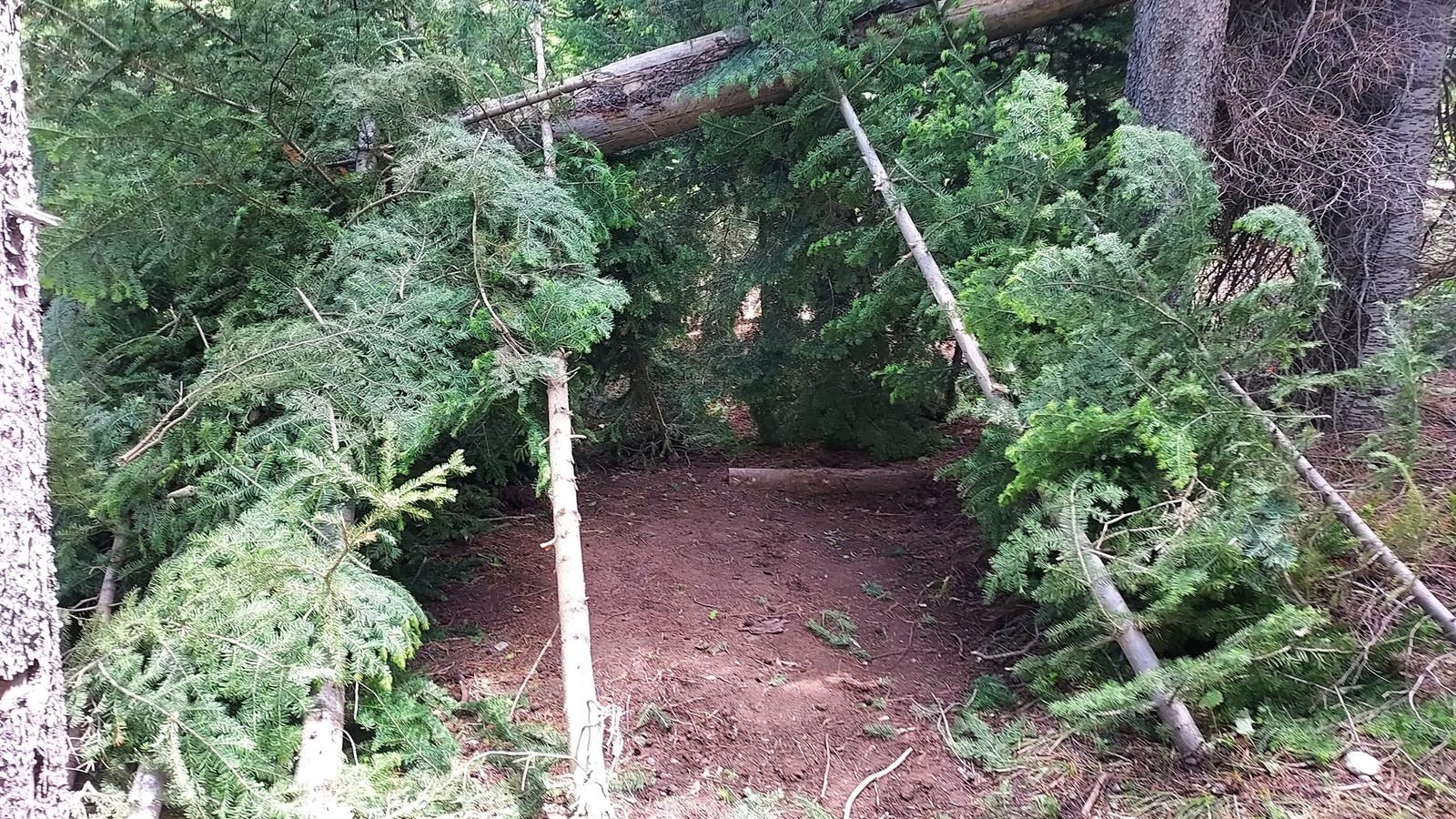A bronze cannon used by Spanish conquistadors in the 1540s and unearthed by archeologists in Arizona is the oldest firearm ever found in the continental U.S. — and more than 200 years older than the first guns ever in Wyoming.
The 42-inch-long, 40-pound piece survived as long as it did only because it was made of bronze, Wyoming historical firearms expert Dick Blust told Cowboy State Daily.
Back in the 1500s, many firearms were made of iron, but not this one.
“I have no reason to doubt it (being the oldest firearm ever in the U.S.),” he said. “The reason that it’s not just rusted away to nothing is that it’s bronze. If it would have been iron, it would have been gone.”
Not Something You’d Pack Out Hunting
Archeologists think the cannon was used during a 1539-1542 expedition led by Francisco Vázquez de Coronado.
It was found at the site of a small Spanish stone-and-adobe settlement, and likely placed there in 1541.
It was a “wall gun,” or relatively small artillery piece used to either defend a wall or breach an enemy wall, according to historians.
It makes sense that the cannon would have been used in a fixed position, Blust said. Lugging a 40-pound hunk of bronze around while exploring what is now the southwestern United States wouldn’t have been practical.
“Something like that would be consistent with a settlement, or a military outpost, where it was used to defend a position,” he said. “Why would they lug that around on foot or horseback?”
Probably Never Fired
No traces of black powder residue were found inside the weapon’s barrel, according to archeologist reports. That means it was probably never fired.
Reports don’t state what the weapon’s bore size was. Cannons back then were designated in terms of pounds, such as a “16-pound cannon.” That means what was the weight, in pounds, of a single cannon ball made to fit down the barrel.
Wall guns could be loaded with either a single cannon ball or charges of smaller musket-sized balls, commonly called “grapeshot.”
Cannons loaded with grapeshot essentially functioned like giant shotguns that could be fired at enemies. Grapeshot was used to horrific effect during the U.S. Civil war, for example.
Coronado Was Chasing An Illusion
Coronado and his expedition set out in search of the Seven Cities of Cíbola, or the legendary “Seven Cities of Gold,” purported to contain unimaginable wealth.
They set out from Mexico and ventured as far north as present-day Kansas.
Their quest was in vain, as the Seven Cities of Gold turned out to be nothing more than a tall tale. All the conquistadors found were modest pueblo settlements, some of which they violently ransacked.

Bronze Was Reserved For Artillery
Bronze was sometimes used for artillery in those days, because it was rust-proof Blust said.
However, he doesn’t know of any instances of soldiers’ small arms, such as muskets or pistols, being made of bronze. Those were likely made from iron, he said.
So, if any of the expedition’s small arms that weren’t carefully preserved, they’ve likely rusted completely away by now.
Black powder is notorious for leaving behind rust-attracting residue. Even modern black powder enthusiasts know they must be religious about cleaning their firearms.
Less-corrosive smokeless powder was introduced in the 1880s. Smokeless powder also produces much higher pressures than old-time black powder.
So, modern firearms are typically made from stronger steel and alloys to handle the higher explosive pressure in their firing chambers.
Less Advanced Than Mountain Men’s Flintlocks
Coronado’s men would have carried matchlock muskets. The matchlock was one of the first trigger-activated firing mechanisms.
A piece of flammable cord or twine was attached to the weapon’s hammer. The shooter would have to light that, and then pulling the trigger would drop the hot end into a charge of powder, setting the gun off.
The first guns ever carried into what is now Wyoming would have been more advanced flintlocks, Blust said. They were probably carried by trappers and mountain men in the late 1700s.
The flintlock trigger mechanism features a piece of flint secured within the gun’s hammer. When the trigger is pulled, it scrapes against a steel striker plate. That makes sparks to set off a primer powder change, which in turns ignites the main powder charge.
Mark Heinz can be reached at mark@cowboystatedaily.com.





